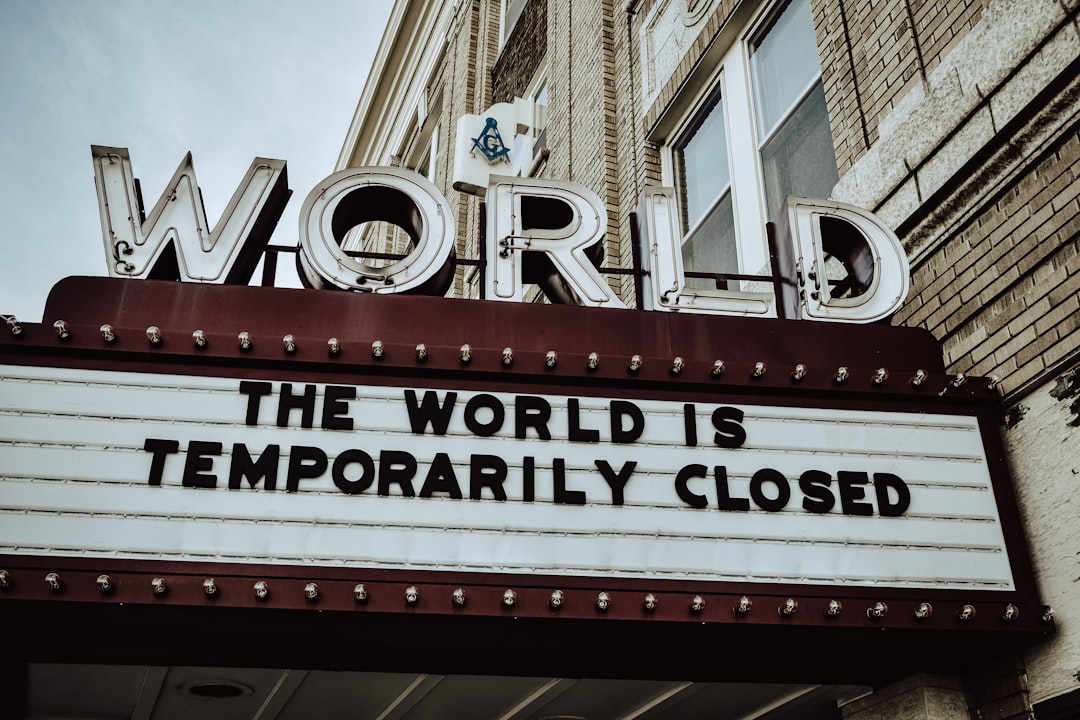
The Ripple Effect: How Political Decisions Shape Economic Landscapes.
# Introduction. In an increasingly interconnected world, the interplay between politics and economics becomes ever more pronounced. Political decisions made at the local, national, or international level can have profound impacts on economic performance, growth trajectories, and fiscal stability. Understanding this dynamic is critical for business leaders, policymakers, and citizens alike. In this article, we will explore how political decisions influence the economy, focusing on various implications and outcomes. # The Role of Government Policy in Economic Growth. Government policy is a key determinant of economic performance. When policymakers enact legislation, they often do so to stimulate growth, achieve social objectives, or respond to pressing issues, such as unemployment or inflation. Effective governmental policies can optimize resources, encouraging investment, innovation, and productivity. As an example, tax incentives can encourage companies to expand operations, yielding job creation and higher GDP. Conversely, poorly conceived policies can stifle economic activity. For instance, increases in corporate taxes without corresponding benefits can lead businesses to downsize or relocate, resulting in job losses and decreased economic output. Thus, the direct implications of government policy are crucial for understanding its economic impact. # Trade Policies and Their Economic Implications. Trade policies are another area where political decisions can significantly influence the economy. Tariffs, trade agreements, and import/export regulations shape the competitive landscape in which domestic companies operate. A favorable trade agreement can enhance market access for businesses, spur exports, and create jobs, while protectionist measures may foster short-term gains but lead to long-term detrimental effects, such as trade wars. For instance, during the recent trade tensions between the U.S. and China, businesses faced uncertainty regarding tariffs, translating to strategic adjustments or hesitance in investment. The resulting fluctuations in trade and supply chains highlight the pecuniary weight that political decisions carry in global markets. # Regulatory Environment and Its Economic Impact. The regulatory environment established by political decisions can either bolster or hinder economic activity. Regulations that protect the environment and public health are paramount; however, if they are overly burdensome, they can result in reduced economic dynamism. A balanced regulatory framework fosters innovation by providing clear guidelines while protecting consumers and the environment. For example, regulations surrounding data privacy and security are critical in the digital age; however, if they are not thoughtfully implemented, they may stymie technological advancements. Thus, the challenge lies in crafting regulations that sustain public interest without throttling economic progress. # Political Stability and Investment Climate. Political stability is pivotal in establishing a conducive investment environment. Investors generally prefer stable conditions, as uncertainty can lead to higher perceived risks and decreased capital influx. Countries with political upheavals or volatile leadership often experience capital flight and reduced foreign direct investment. Conversely, stable political climates attract both domestic and foreign investors, who are more likely to commit resources for long-term corporate growth. This relationship underscores the importance of political decisions in creating an environment that fosters economic confidence and sustainable growth. # Conclusion. In an increasingly globalized economy, the impact of political decisions on economic health cannot be underestimated. From government policy and trade measures to the regulatory environment and political stability, each element plays a significant role in shaping the economic landscape. In order to promote economic growth and stability, policymakers must remain cognizant of the economic implications of their decisions, working towards a balanced approach that ensures citizen welfare while encouraging business innovation and investment. As we move forward, understanding the nexus between politics and economics will remain crucial for navigating the complexities of the modern world. .









